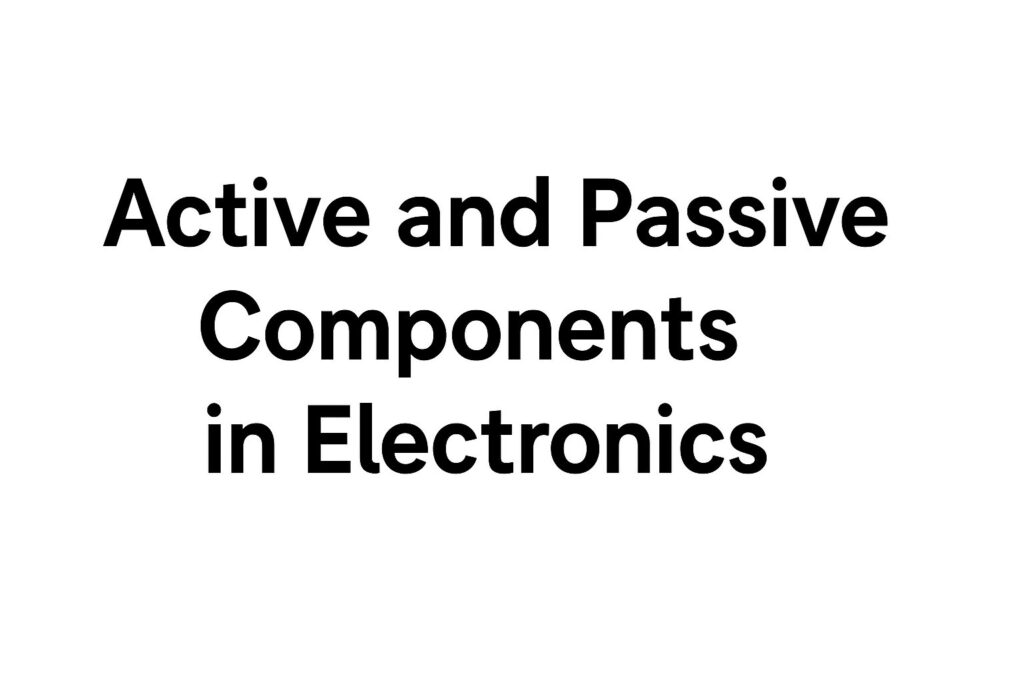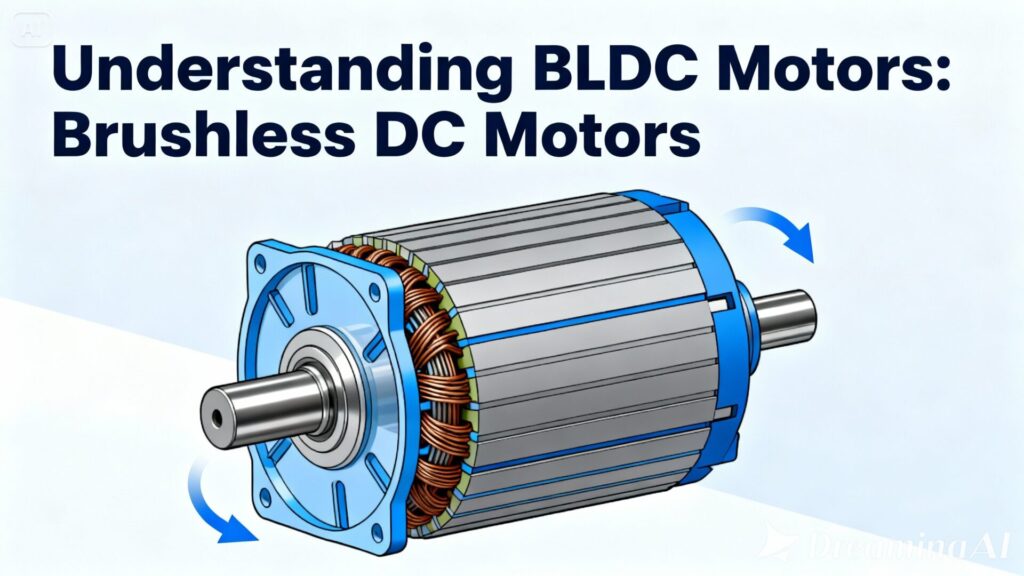Active and Passive Components
In electronics, components are generally divided into two groups: active and passive components.
The difference lies in whether a component can generate energy or amplify a signal on its own. Passive components do not generate energy—they only manage the energy already present in the circuit and ensure stability. For example, a resistor limits the current flowing through an LED to ensure safe operation. Capacitors store energy and smooth out voltage fluctuations, helping the circuit operate more reliably.
Active components, on the other hand, require external energy and can amplify, control, or process signals. An LED, which converts electrical energy into light, is considered active. Transistors and microcontrollers are also active components—they can process input signals, amplify them, or control motors.
The interaction of both types ensures that electronic circuits function reliably, stably, and efficiently. Anyone developing, prototyping, or troubleshooting electronics must understand the difference between active and passive components. Simply put: passive elements regulate energy, while active elements handle control and signal processing.
What Are Passive Components?
Passive components do not generate electrical energy. They manage, store, or limit the energy in a circuit and do not amplify signals. Their role is to provide stability, regulate voltage or current, and dampen disturbances.
Although simple in structure, they are essential for the safety and functionality of any circuit.
Common passive components and examples:
- Resistor: Limits current flow and reduces voltage.
Example: In an LED circuit, a resistor prevents excessive current from damaging the LED. - Capacitor: Stores electrical energy temporarily.
Example: In a power supply, a capacitor smooths voltage fluctuations or filters audio signals. - Inductor (coil): Creates a magnetic field and opposes changes in current.
Example: In power supplies, it helps with noise suppression and energy storage.
Characteristics of passive components:
- Do not generate energy
- Increase circuit stability
- Control voltage and current distribution
Typical applications:
- Resistor: Current limiting for LEDs or sensors
- Capacitor: Smoothing supply voltages
- Inductor: Filtering and energy storage
What Are Active Components?
Active components require an external power source and can amplify, switch, or convert signals. They provide the “intelligent” functions in many circuits, such as switching, computation, amplification, or communication.
Active components are the foundation of modern electronics, found in computers, motor controllers, and communication systems.
Common active components and examples:
- Transistor: Controls current flow and amplifies signals.
Example: In audio amplifiers, a transistor converts a weak input signal into a stronger output signal. - Diode: Allows current to flow in only one direction. A special type, the LED, converts electricity into light.
- Integrated Circuit (IC): Contains multiple components on a single chip.
Example: Microcontrollers (like STM32 or Arduino) that process sensor data and control motors or LEDs.
Characteristics of active components:
- Require external energy
- Can amplify or switch signals
- Form the basis of complex systems like processors or controllers
Typical applications:
- Transistor: Amplifier or motor driver
- LED: Converts electrical energy into light
- Microcontroller: Processes sensor data and controls actuators
Interaction Between Passive and Active Components
Only the combination of both types makes a circuit fully functional: passive components stabilize and shape energy, while active components handle control, logic, and amplification.
Examples:
- In an LED circuit, the resistor (passive) limits current, and the LED (active) emits light.
- In a microcontroller system, capacitors (passive) smooth the supply voltage, and the STM32 (active) processes data and controls motors.
This collaboration ensures safe and reliable electronics.
Conclusion
Active and passive components are the cornerstones of every electronic system. Passive components handle energy distribution, stability, and filtering, while active components control, amplify, or process signals. A well-functioning circuit always depends on the proper interplay between both types.
🔗 Get in touch with us :
Phone/WhatsApp: +41 76 212 8248
✉️ E-Mail: info@revantechnology.com
For detailed information about our services in electronics development & PCB design:
Revan Technology – Your partner for professional electronics and PCB development
Discover our recent work:
Revan Technology – Our Projects


